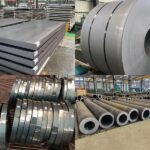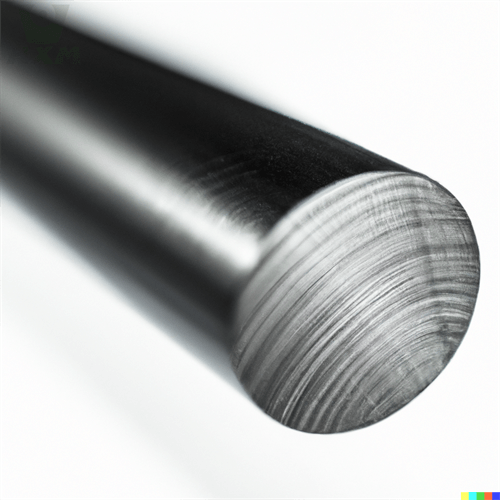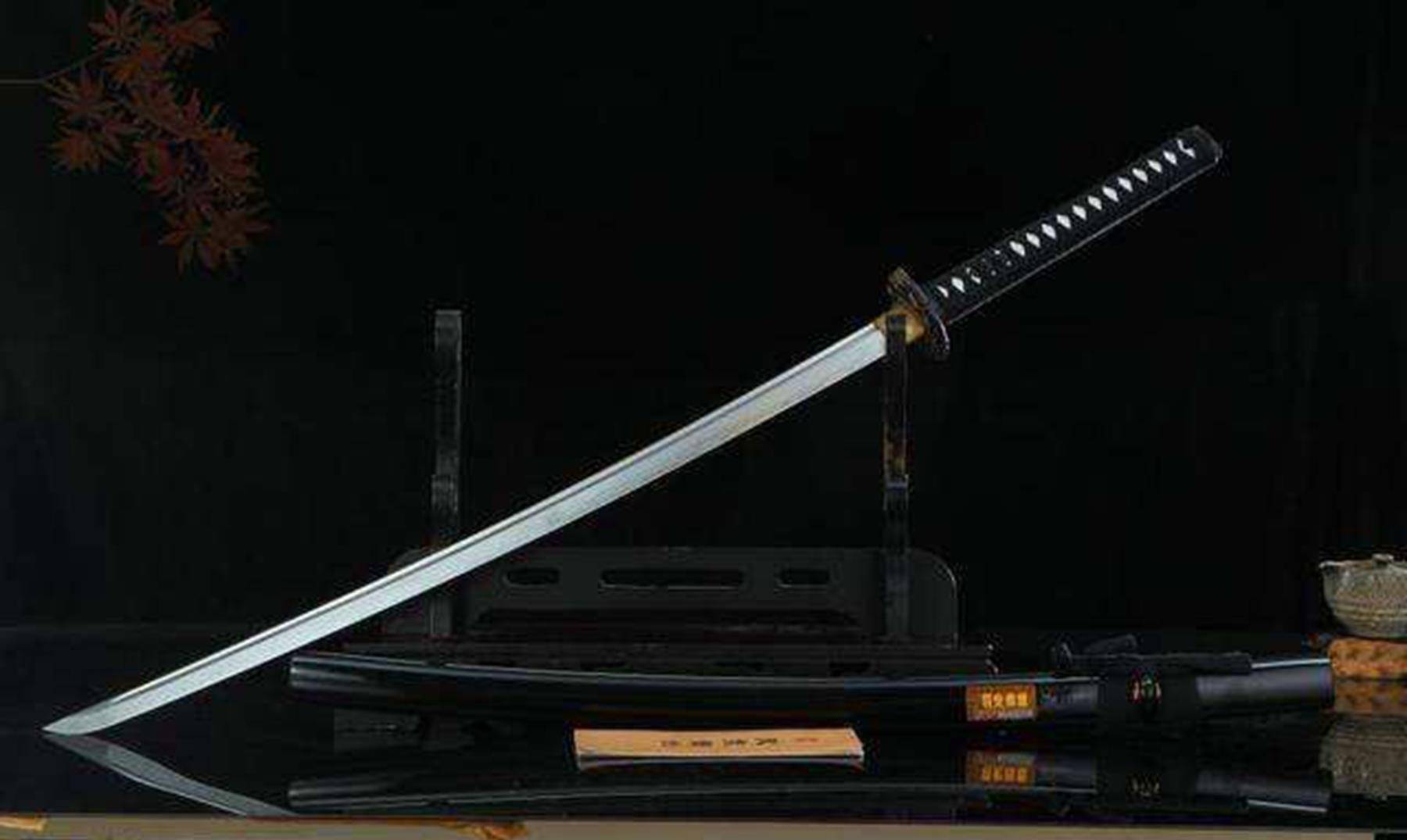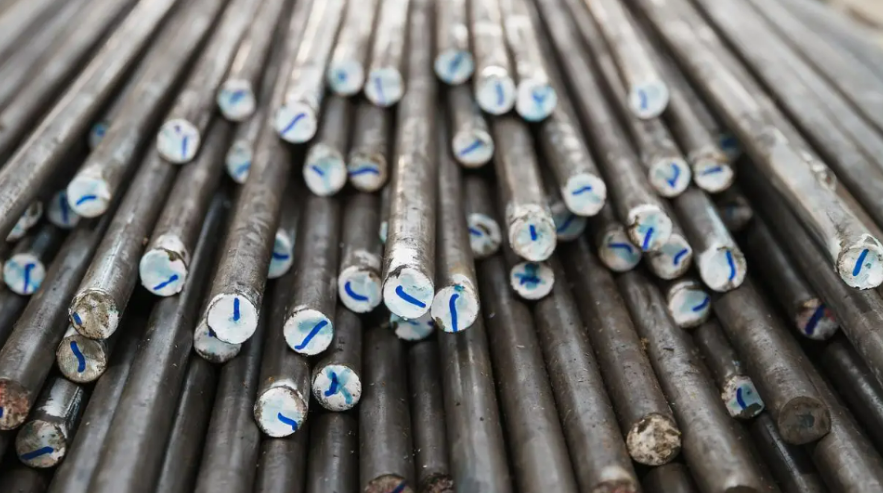Low-carbon steel, also known as mild steel, is one of the most widely used materials in construction, manufacturing, and other industries. Its balanced properties make it an attractive choice for many applications. In this article, we will explore the pros and cons of low-carbon steel, helping you understand its advantages and potential drawbacks.
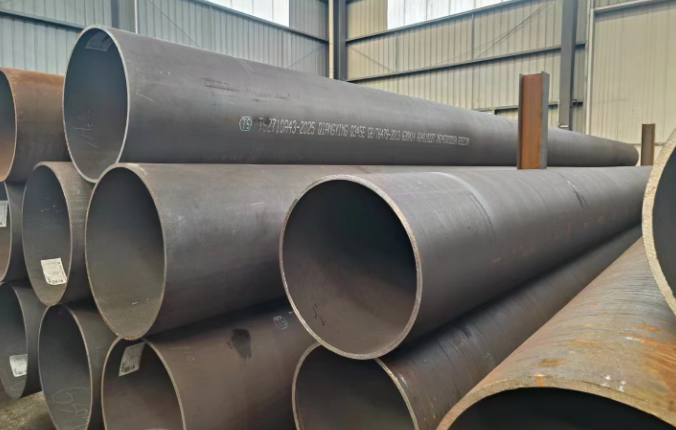
Pros of Low-Carbon Steel:
1. Affordability
One of the most significant advantages of low-carbon steel is its affordability. It is less expensive to produce than other types of steel due to its low carbon content, making it a cost-effective option for large-scale projects.
2. Ease of Fabrication
Low-carbon steel is relatively soft and easy to work with. It can be cut, machined, welded, and shaped without much difficulty, making it ideal for applications that require custom designs or frequent modifications.
3. Good Ductility and Malleability
Low-carbon steel is both ductile and malleable, meaning it can be stretched into thin wires or hammered into thin sheets without breaking. This property is crucial in applications where flexibility and formability are essential.
4. High Toughness
Low-carbon steel has a high toughness, meaning it can absorb significant energy before fracturing. This makes it suitable for use in structures that must withstand impact forces, such as buildings, bridges, and machinery.
5. Widely Available
Due to its widespread use, low-carbon steel is readily available from a variety of suppliers, ensuring that it can be sourced quickly and efficiently for any project.
Cons of Low-Carbon Steel:
1. Lower Strength
One of the primary disadvantages of low-carbon steel is its relatively low strength compared to higher-carbon steels or alloy steels. It may not be suitable for applications requiring high tensile strength, such as in heavy machinery or high-stress structural components.
2. Poor Corrosion Resistance
Low-carbon steel is highly susceptible to rust and corrosion, especially in environments with high humidity or exposure to saltwater. Without protective coatings or treatments, the steel can degrade quickly, leading to increased maintenance costs.
3. Limited Heat Resistance
Low-carbon steel cannot withstand very high temperatures without losing its structural integrity. This makes it less suitable for applications involving extreme heat, such as in furnaces or engines.
4. Limited Applications in High-Stress Environments
While low-carbon steel is versatile, its lower strength and poor corrosion resistance limit its use in high-stress or corrosive environments. For such applications, higher-carbon or alloy steels may be more appropriate.
Conclusion
Low-carbon steel is a versatile, cost-effective material with many advantages, particularly in applications where ease of fabrication, toughness, and affordability are key considerations. However, its lower strength, poor corrosion resistance, and limited heat resistance mean it may not be the best choice for every project.
Why Choose Huaxia Steel?
Thank you for reading our article and we hope it can help you to have a better understanding of the pros and cons of low-carbon steel. If you are looking for suppliers and manufacturers of carbon steel, we would advise you to visit Huaxia Steel.
As a leading supplier of carbon steel from Shanghai China, Huaxia Steel offers customers high-quality low-carbon steel, medium-carbon steel, and high-carbon steel at competitive prices.


